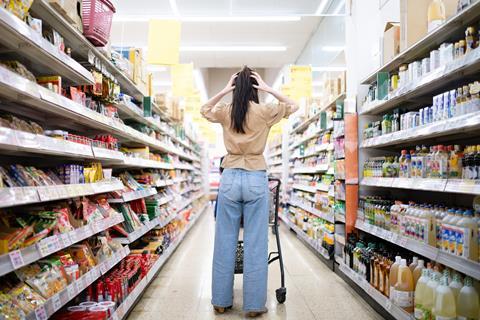
If ever there was a case of stating the bleedingly obvious, it was the CMA’s report last week.
The mainstream media headlines accused brands of contributing to higher food inflation. But the CMA’s own report actually said the opposite. It found high inflation “has been driven largely by rising input costs, particularly for energy and key agricultural inputs like fertiliser”.
The killer insights just kept on coming. “Own-label products often provide cheaper alternatives… as food prices have risen, many consumers have switched away from brands towards own-label alternatives, leading to a decline in brands’ market shares and profits.”
So, according to the CMA, brands have lost share and profits have declined. Is this not the opposite of profiteering? In the CMA’s own words, “overall profit margins have fallen across most branded manufacturers since 2021”.
Its CEO Sarah Cardell said on numerous occasions last week that “the choices brands have made have impacted on inflation”. So a five-month analysis has essentially showed that when prices go up, so does food inflation.
The CMA kept highlighting certain categories where the price of certain branded staples had risen faster than their cost price. These categories were baked beans, mayonnaise, baby formula and petfood.
Yet according to the CMA’s own analysis, own-label baked beans, cat food and dog food all increased at a faster rate than the brands. This was also the case in lemonade, ready meals and milk.
So why did the CMA keep repeating that brands were more responsible for higher inflation, when their own chart says the complete opposite?
The CMA is so alarmed by the state of the infant formula market it wants to do further investigation. Based on what? Branded infant formula went up by 24%, while the limited number own-label infant formula lines available went up by 45%.
The main ingredients in infant formula? Purified cows milk whey and a blend of vegetable oils, often in a tin. The CMA’s own report said the peak annual price rise for milk was 56.1%, and 78.8% for vegetable oil. This would indicate that branded infant milk manufacturers have not been passing on their full costs.
Why did the CMA spend 13 pages writing about infant formula? Is there really a scandal it has uncovered? In six months’ time, when it has finished its investigation, it will simply conclude this is a market where there is a limited own-label presence. Can we expect it to magic an own-label infant formula manufacturer out of thin air?
Next in the firing line are loyalty cards. I also understand the CMA believes Aldi Price Match might be responsible for keeping prices high. What planet is it actually on?
It all comes down to the simple concept of choice. Customers can choose where they shop and whether they have a loyalty card. If a customer really wants Aldi prices, then they will shop at Aldi. If they want a selection of Aldi prices and an abundance of significantly higher prices, then they will shop elsewhere.
Are loyalty cards restricting competition? Not now, because every retailer has one and they are all competing for ‘exclusive’ offers. We can expect the CMA to investigate and analyse for another six months, and then announce yet more revelations that have as much insight as a five-year-old’s review of War & Peace.
The UK grocery market is the most competitive in the world. We have experienced levels of food inflation that have not been seen for over 40 years and we have no evidence profiteering is widespread across the sector. When will the CMA stop looking for something that does not exist?








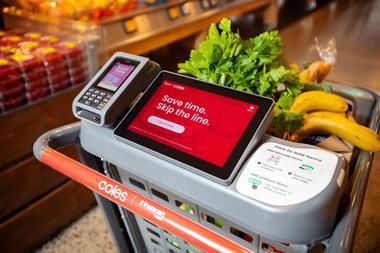


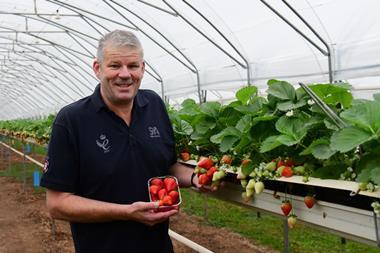
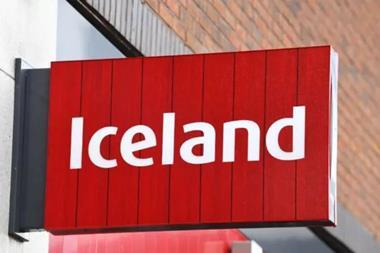


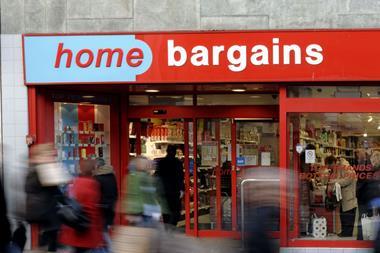



No comments yet